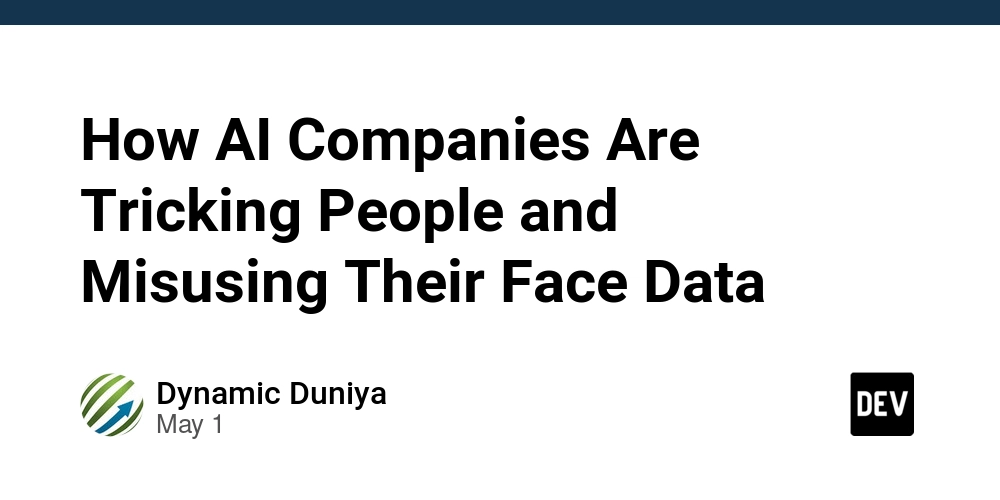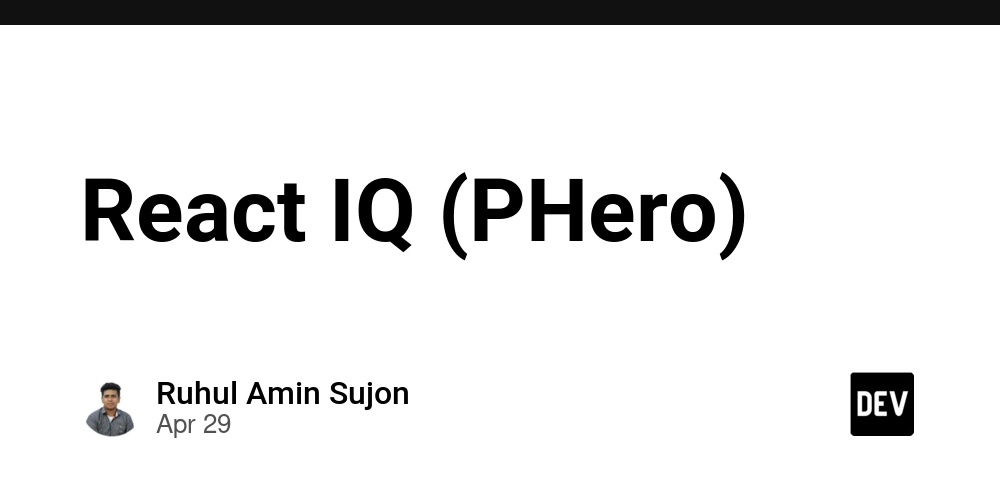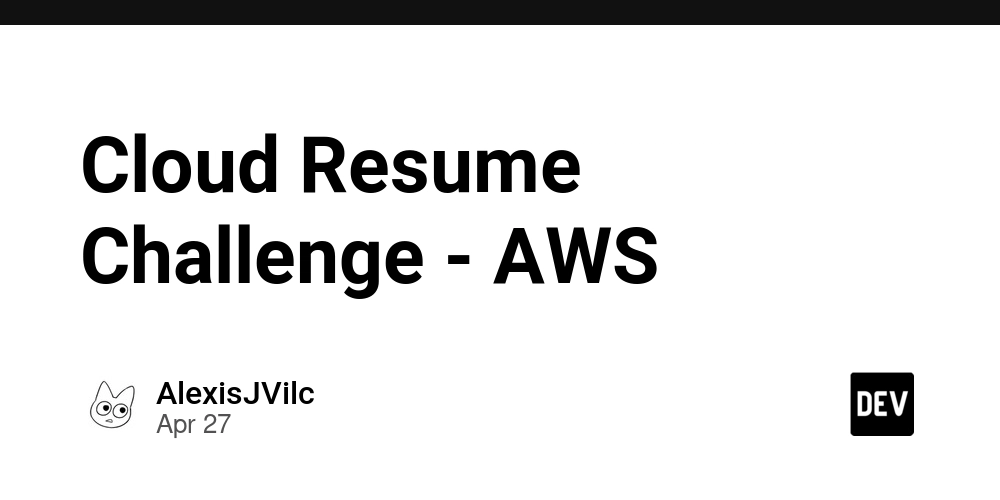Enhancing Blockchain Speed and Throughput: The Future of Transactions
Abstract: Blockchain technology is rapidly transforming digital transactions with its high security, transparency, and efficiency. Despite its revolutionary qualities, scaling blockchain speed and throughput remains critical to support emerging applications in finance, supply chain management, and beyond. In this post, we explore the evolution of blockchain through the lens of improved consensus mechanisms, innovative scalability solutions (like sharding and Layer 2 techniques), and the impact of quantum computing. We also discuss practical applications, challenges, and future directions. This article provides a comprehensive background, detailed core concepts, and practical use cases to present a holistic view of the subject. Introduction Blockchain technology has taken center stage in the digital revolution. Its decentralized nature and innate security features have made it the go-to solution for ensuring trust in digital transactions. However, as applications evolve and transactional demands scale, the need to improve blockchain speed and throughput has become paramount. In this post, we dissect the key challenges of blockchain scalability and consensus, examine recent innovations, and forecast future trends in this dynamic field. This post is designed for technical experts and enthusiasts alike, ensuring clarity with accessible language and a focus on practical relevance. Background and Context Blockchain originally emerged as the underlying technology for Bitcoin. Over the years, the blockchain ecosystem has evolved considerably. Here are a few key historical points and definitions: Blockchain Fundamentals: A blockchain is a distributed digital ledger that records transactions in a secure and immutable manner. Its architecture relies on decentralized nodes rather than central authorities. Consensus Mechanisms: At its core, blockchain relies on consensus algorithms to agree on the validity of transactions. Early blockchains like Bitcoin employ Proof of Work (PoW)—a system that, while secure, is both slow and energy-intensive. Emergence of PoS: In response to PoW’s limitations, newer networks have introduced Proof of Stake (PoS), which promises faster transaction processing and reduced energy consumption. Learn more about PoS on Ethereum’s official page. Scalability Solutions: As user demand increases, developers have experimented with strategies like sharding and Layer 2 solutions such as the Lightning Network. These innovations allow blockchains to process a higher volume of transactions without sacrificing security. Blockchain’s journey from a niche innovation to a core component of global financial and industrial systems has created an ecosystem where speed, scalability, and security must work in tandem to unlock the full potential of decentralized transactions. Core Concepts and Features The future of blockchain transactions centers around several core concepts, each designed to address speed and throughput: 1. Consensus Mechanisms Proof of Work (PoW) has been the backbone of blockchain security but its inherent slowness has driven the community to explore alternatives. Key features include: Security and Decentralization: PoW offers robust security through computational difficulty. Limitations: Its resource-intensive nature hampers transaction speed. New consensus protocols such as Proof of Stake (PoS) and hybrid models are emerging. Not only do they promise increased speed by reducing energy expenditure, but they also maintain the decentralized security that blockchain advocates demand. For a deeper look at alternative consensus mechanisms, check out this detailed guide on blockchain consensus mechanisms. 2. Scalability Solutions Scalability is critical for mass adoption of blockchain technology. Two pivotal innovations here are: Sharding: This technique divides the blockchain’s database into smaller partitions (or shards) allowing parallel processing of transactions. For an easy explanation, visit this entry on Eth2 sharding. Layer 2 Solutions: Techniques like off-chain transaction channels reduce the load on the main blockchain. The Lightning Network is one example that processes transactions rapidly and efficiently. 3. Real-World Applications Improvements in blockchain performance pave the way for transformative applications. Financial services and supply chain management illustrate this potential: Financial Services: Enhanced speed allows for real-time cross-border payments and digital asset transfers. This boosts financial inclusion by making transactions accessible to underbanked populations. The World Bank’s financial inclusion page provides further insights into how this transformation is occurring. Supply Chain Management: Faster processing and traceability are critical for tracking goods transparently. The application of blockchain in this domain has already been highlighted by

Abstract:
Blockchain technology is rapidly transforming digital transactions with its high security, transparency, and efficiency. Despite its revolutionary qualities, scaling blockchain speed and throughput remains critical to support emerging applications in finance, supply chain management, and beyond. In this post, we explore the evolution of blockchain through the lens of improved consensus mechanisms, innovative scalability solutions (like sharding and Layer 2 techniques), and the impact of quantum computing. We also discuss practical applications, challenges, and future directions. This article provides a comprehensive background, detailed core concepts, and practical use cases to present a holistic view of the subject.
Introduction
Blockchain technology has taken center stage in the digital revolution. Its decentralized nature and innate security features have made it the go-to solution for ensuring trust in digital transactions. However, as applications evolve and transactional demands scale, the need to improve blockchain speed and throughput has become paramount. In this post, we dissect the key challenges of blockchain scalability and consensus, examine recent innovations, and forecast future trends in this dynamic field. This post is designed for technical experts and enthusiasts alike, ensuring clarity with accessible language and a focus on practical relevance.
Background and Context
Blockchain originally emerged as the underlying technology for Bitcoin. Over the years, the blockchain ecosystem has evolved considerably. Here are a few key historical points and definitions:
- Blockchain Fundamentals: A blockchain is a distributed digital ledger that records transactions in a secure and immutable manner. Its architecture relies on decentralized nodes rather than central authorities.
- Consensus Mechanisms: At its core, blockchain relies on consensus algorithms to agree on the validity of transactions. Early blockchains like Bitcoin employ Proof of Work (PoW)—a system that, while secure, is both slow and energy-intensive.
- Emergence of PoS: In response to PoW’s limitations, newer networks have introduced Proof of Stake (PoS), which promises faster transaction processing and reduced energy consumption. Learn more about PoS on Ethereum’s official page.
- Scalability Solutions: As user demand increases, developers have experimented with strategies like sharding and Layer 2 solutions such as the Lightning Network. These innovations allow blockchains to process a higher volume of transactions without sacrificing security.
Blockchain’s journey from a niche innovation to a core component of global financial and industrial systems has created an ecosystem where speed, scalability, and security must work in tandem to unlock the full potential of decentralized transactions.
Core Concepts and Features
The future of blockchain transactions centers around several core concepts, each designed to address speed and throughput:
1. Consensus Mechanisms
Proof of Work (PoW) has been the backbone of blockchain security but its inherent slowness has driven the community to explore alternatives. Key features include:
- Security and Decentralization: PoW offers robust security through computational difficulty.
- Limitations: Its resource-intensive nature hampers transaction speed.
New consensus protocols such as Proof of Stake (PoS) and hybrid models are emerging. Not only do they promise increased speed by reducing energy expenditure, but they also maintain the decentralized security that blockchain advocates demand. For a deeper look at alternative consensus mechanisms, check out this detailed guide on blockchain consensus mechanisms.
2. Scalability Solutions
Scalability is critical for mass adoption of blockchain technology. Two pivotal innovations here are:
- Sharding: This technique divides the blockchain’s database into smaller partitions (or shards) allowing parallel processing of transactions. For an easy explanation, visit this entry on Eth2 sharding.
- Layer 2 Solutions: Techniques like off-chain transaction channels reduce the load on the main blockchain. The Lightning Network is one example that processes transactions rapidly and efficiently.
3. Real-World Applications
Improvements in blockchain performance pave the way for transformative applications. Financial services and supply chain management illustrate this potential:
- Financial Services: Enhanced speed allows for real-time cross-border payments and digital asset transfers. This boosts financial inclusion by making transactions accessible to underbanked populations. The World Bank’s financial inclusion page provides further insights into how this transformation is occurring.
- Supply Chain Management: Faster processing and traceability are critical for tracking goods transparently. The application of blockchain in this domain has already been highlighted by IBM’s blockchain supply chain solutions.
4. Emerging Innovations
- Hybrid Consensus Protocols: Combining the strengths of PoW and PoS can create systems that balance security and speed, offering a path forward for faster blockchain performance.
- Quantum Computing: Although still in the early stages, quantum computing holds tremendous promise. Its potential to process data at unprecedented speeds may revolutionize blockchain transaction processing. For more details, refer to this quantum computing impact report.
The following table contrasts key features and limitations of the current consensus mechanisms:
| Consensus Type | Key Feature | Limitation |
|---|---|---|
| Proof of Work (PoW) | High security, decentralization | Low throughput, high energy usage |
| Proof of Stake (PoS) | Increased speed, lower energy use | Requires significant token holding |
| Hybrid Models | Balanced security and speed | Complexity in implementation |
Applications and Use Cases
Blockchain speed and throughput enhancements are not just theoretical improvements; they directly impact several real-world sectors. Here are a few practical examples:
Instant Cross-Border Payments:
Faster transaction finality means reduced waiting times for international money transfers. This improvement directly supports the vision of financial inclusion and economic empowerment. Initiatives using blockchain for cross-border payments are detailed here.Enhanced Supply Chain Transparency:
By tracking products in real time, blockchain ensures transparency and authenticity. Manufacturers and retailers benefit from enhanced traceability and fraud detection. Explore more examples of blockchain in supply chains on IBM’s supply chain page.Decentralized Financial Applications (DeFi):
DeFi platforms require fast settlement times for smart contracts and token transfers. Improved blockchain throughput is critical to support these high-frequency transactions. For insights into DeFi and blockchain speed, read about Arbitrum’s role in DeFi yield.
Key benefits include:
- Reduced Transaction Fees: As efficiency improves, the cost per transaction decreases, making blockchain economically attractive.
- Real-Time Settlements: Faster processing opens up possibilities for near-instant financial transactions and trading.
- Enhanced User Experience: Increased speed and throughput directly contribute to better security and user satisfaction.
Challenges and Limitations
Despite rapid advancements in blockchain technology, several challenges remain:
Technical Complexity:
Integrating advanced consensus protocols and scalability solutions often requires significant technical overhauls. Managing data consistency across shards and maintaining network security poses challenges.Adoption Barriers:
Traditional financial institutions, regulatory environments, and even parts of the tech industry remain cautious about a full transition. Convincing stakeholders to adopt new technologies that disrupt established systems is an ongoing effort.Security Concerns:
As transaction speeds increase, ensuring robust security remains crucial. Hybrid consensus models must be thoroughly tested to prevent vulnerabilities.Environmental Impact:
While PoS and other alternatives aim to reduce energy consumption, the underlying infrastructure of certain blockchain networks still faces scrutiny regarding sustainability. For more on sustainable blockchain practices, visit this sustainability guide.
Key Challenges (Bullet List):
- Maintaining decentralization while scaling up speeds
- Ensuring consistent data integrity across multiple shards
- Balancing security risks in hybrid consensus approaches
- Overcoming regulatory and industry resistance
- Reducing the environmental footprint
Future Outlook and Innovations
The road ahead for blockchain technology is exciting. Several emerging trends signal a brighter future for blockchain speed and throughput:
Advanced Protocols and Hybrid Models
Researchers and developers are actively working on protocols that can harness the advantages of both PoW and PoS, resulting in faster and more secure blockchains. These hybrid models aim to achieve a balance by maintaining robust security while accelerating transaction processing.
Quantum-Resistant Solutions
As quantum computing evolves, blockchain researchers are beginning to explore quantum-resistant algorithms. Such innovations will be essential to future-proof blockchain networks against potential computational threats in the coming years.
Industry Adoption and Real-World Integration
Financial institutions, supply chain networks, and decentralized finance (DeFi) applications are all testing and integrating blockchain solutions. Higher throughput will allow these sectors to scale rapidly, unlocking previously unattainable levels of efficiency and transparency in transactions.
Developer and Community Contributions
Developers are increasingly contributing to open-source projects and exploring novel funding models that integrate blockchain with open-source compliance frameworks. For example, this piece on blockchain innovation with Arbitrum and this discussion on blockchain for open-source funding highlight community-driven efforts that will shape the future of blockchain.
Integration with Emerging Technologies
Blockchain’s future is intertwined with other disruptive technologies. The integration of blockchain with artificial intelligence, the Internet of Things (IoT), and even emerging trends in the NFT marketplace ensures that innovation will continue to be at the forefront. As Elon Musk’s open-source revolution in the NFT landscape suggests, future blockchain implementations will increasingly cross disciplinary boundaries.
Summary
Blockchain’s evolution is marked by its constant drive towards enhanced speed and throughput, essential for its scalability across various industries. In this post, we have:
- Provided a thorough background on blockchain, discussing traditional features and its evolution from PoW to PoS.
- Detailed core concepts including consensus mechanisms, scalability solutions such as sharding and Layer 2 protocols, and innovative prospects like hybrid systems and quantum computing.
- Outlined practical applications ranging from instant cross-border payments to improved supply chain management and DeFi innovations.
- Examined the challenges facing increased blockchain performance, including technical complexity, adoption barriers, security risks, and environmental considerations.
- Looked forward to future trends that promise advanced protocols, quantum-resistant measures, and enhanced interoperability with other emerging technologies.
By integrating emerging techniques and refining core principles, blockchain stands on the threshold of revolutionizing transaction processes further. The interplay between technical innovation and real-world application is critical. Continued efforts in research, development, and community collaboration will ensure that the blockchain ecosystem not only meets but exceeds the demands of a global digital economy.
For further reading and additional perspectives, consider these authoritative resources:
- How Bitcoin Works
- Understanding Proof of Stake
- Exploring Blockchain Consensus Mechanisms
- Scalability Solutions in Blockchain
- The Impact of Quantum Computing on Blockchain
Additionally, insights from the developer community enrich this discussion. For example, check out:
- Exploring the Future of Blockchain Innovation with Arbitrum
- Blockchain for Open Source Funding: A New Paradigm
- Elon Musk’s Open-Source Revolution in the NFT Landscape
With such transformative potential, it is evident that the pursuit of heightened blockchain speed and throughput is not only a technical necessity—it is a cornerstone for building a more secure, efficient, and interconnected digital future.
Embracing blockchain innovations today paves the way for the digital transactions of tomorrow.





















_Brian_Jackson_Alamy.jpg?width=1280&auto=webp&quality=80&disable=upscale#)






















































